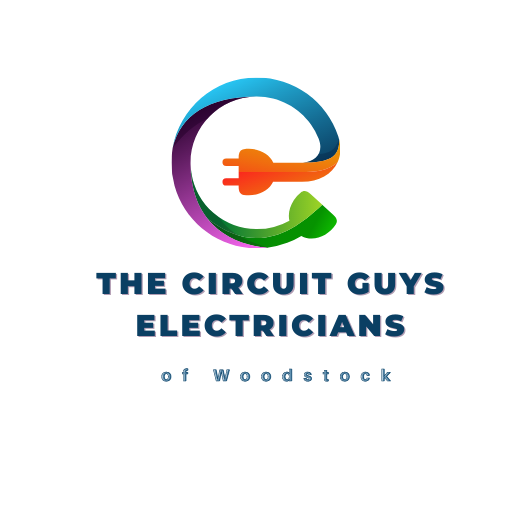When it comes to electrical fires, there are many different types of fires that can occur. These include:Arc Fires: An arc fault happens when there is a high voltage and a low voltage in the same circuit at the same time. This creates an electric current that flows through the air as an arc, which is a very high-temperature and extremely bright light. If this happens indoors, the resulting fire can be very dangerous.Arc Fires can be extremely dangerous and can start from very little cause. They can occur when you have a faulty electrical installation, a loose connection, overloaded wires, or if a tree branch touches an electrical line. If it happens inside your home, it can be difficult to escape from because of the smoke and flames. The best way to prevent this type of fire is to have your home inspected by a professional and have any defects corrected before they become a problem.
Electric Grids
Electric grids are the main source of electricity for households and businesses. There are three main types of grids: Centralized grid, Distributed grid and Hybrid grid.Centralized grid: In a centralized grid, there is one main source of electricity generation. For example, most electricity in the United States comes from coal or natural gas power plants in New England, the Southwest and parts of the Midwest. These are large centralized facilities that generate electricity and supply it to cities and towns nearby.Distributed grid: In a distributed grid, there are multiple sources of electricity generation. For example, a solar panel system that produces electricity for a home or an apartment building.Hybrid grid: A hybrid grid combines centralized and distributed grids. This is often the case in large cities. For example, New York City’s electricity is generated by a combination of centralized and distributed sources.
Lighting Cables and Wires
Lighting cables and wires are very common sources of electrical fires. This is because they are often installed in damp or wet locations, such as attics, crawl spaces and basements.If a short circuit happens in a lighting cable, it can result in a fire. If it happens in a wall or floor, the fire will be contained. If it happens in a ceiling, however, it can quickly spread throughout the house. This is because the fire will be fed by the wiring in the ceiling, which can act as a huge source of fuel. This is why it’s so important to keep lighting cables and wires out of wet areas.
Lighting and Appliances
Lighting and appliances are also common sources of electrical fires. Appliances in the kitchen, such as stoves and ovens, are often installed on the same circuits as lighting. This means that if one appliance trips, the entire circuit will shut down. If a fire starts in one of these appliances, it can quickly spread to the rest of the circuit.Lighting and appliances can also be a source of carbon monoxide fires. This is when a faulty appliance, such as a gas range, is left on while the rest of the house is off. This can cause carbon monoxide gas to build up inside the house, which is extremely dangerous.
Electronic Appliances
Electronic appliances, such as computers, televisions and refrigerators, are often a source of electrical fires. This is because they often plug directly into the wall, which means that they are very close to the electrical wires.Electronic appliances also often have a lot of wires and components that can overheat and cause fires. For example, computers have a lot of wires and components that can overheat and cause fires. This is why it’s so important to have them professionally installed.Electronic appliances are also often plugged into a surge protector. A surge protector is a device that protects against power surges and spikes. However, they can also be a source of electrical fires. This is because they are often plugged directly into the wall, which means that they are very close to the electrical wires.
Summary
Electric fires can be very dangerous and can cause a lot of damage to your home. There are many different types of fires that can occur. This article explained some of the most common types of electrical fires. It also explained what you can do to prevent them from happening. If you want to learn more about electrical fires, you can continue reading our blog.
